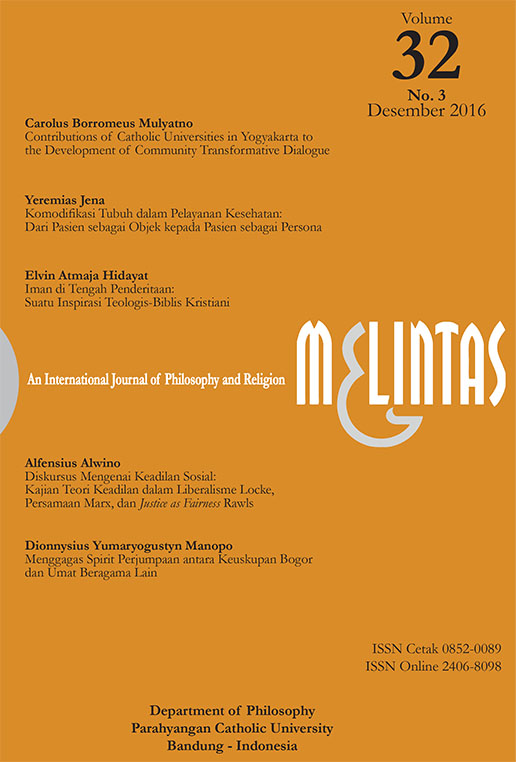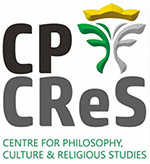Komodifikasi Tubuh dalam Pelayanan Kesehatan: Dari Pasien sebagai Objek kepada Pasien sebagai Persona
DOI:
https://doi.org/10.26593/mel.v32i3.2694.266-284Abstract
The commodification of the body in health services covers a very broad study area. Contextualised in the Marxist understanding, the commodification of the body seemed to be associated with body as an economical commodity and alienating experience. This understanding has been intertwined with the commodification of the body in the health services, especially when it comes down to the practice of health care in which the patient’s body was treated merely as object for certain purposes. In the context of health care, treating the body as an object since Descartes not only bares the ethical-relational dimension of doctor-patient relationship, but also alienates the patient from her or his own body. This article argues that reducing a patient’s body to an object does not correspond to the nature and to the medical profession. In the light of Edmund D. Pellegrino and Alfred I. Tauber, two leading philosophers of medicine, the author will highlight the importance of the apprehension towards the patient as ‘persona’ as a response to the tendency.Downloads
Published
2017-09-06
Issue
Section
Articles
License
MELINTAS applies the Creative Commons Attribution (CC BY NC) license to articles and other works we publish. If you submit your paper for publication by MELINTAS, you agree to have the CC BY NC license applied to your work.


